Basic Terminology for Boat Propellers: A Beginner’s Guide
Although this "Prop School" Blog has been written to provide even the most novice of boaters a solid understanding of propellers, some information is a bit more technical. It is best to first have an understanding of basic propeller terminology to get started. Whether you're a boating enthusiast, a prospective buyer, or simply curious about how these essential components work, this guide will walk you through the critical parts of a propeller and their functions.
1. Blade Tip
The blade tip is the farthest point on a propeller blade from the center of the propeller hub. Think of it as the “leading edge” of movement, reaching the furthest into the water. Its design and condition are crucial for maintaining efficient water flow and minimizing cavitation.
2. Leading Edge
The leading edge is the part of the blade that first cuts through the water as the propeller rotates. Extending from the hub to the tip, it’s designed to slice into the water smoothly, ensuring that the propeller generates maximum thrust right from the start.
3. Trailing Edge
In contrast, the trailing edge is the part of the propeller that last interacts with the water. Like the leading edge, it runs from the hub to the tip. The design of the trailing edge is essential for ensuring smooth water exit, which plays a key role in overall propulsion efficiency.
4. Cup
The cup refers to the small curve added to the trailing edge of the blade. This subtle curvature, often referred to as "cupping," helps increase the blade’s pitch, allowing it to hold water better. The result is improved thrust and better performance, especially under varying load conditions.
5. Blade Face, Blade Back, & Blade Root
Understanding the different surfaces of a propeller blade can further clarify its design:
- Blade Face: This is the side of the blade that faces away from the boat. It’s optimized to push water efficiently, contributing significantly to the propeller's thrust.
- Blade Back: Conversely, the blade back is the side that faces the boat. Its design can influence how water flows around the blade, affecting performance and efficiency.
- Blade Root: The blade root is where the blade meets the outer hub. This junction is critical as it serves as the structural foundation for the blade, ensuring it is securely attached and properly aligned.
6. Inner Hub
The inner hub is the central part of the propeller that houses the hub system. This system is crucial for connecting the propeller to the drive shaft, ensuring that the energy produced by the engine is efficiently transferred to the propeller blades.
7. Outer Hub
The outer hub consists of two surfaces:
- The exterior surface is in direct contact with the water, influencing hydrodynamic performance.
- The interior surface interfaces with the exhaust passage, playing a role in the overall efficiency of the exhaust system.
8. Ribs
Ribs are the structural connections between the inner and outer hubs. Typically, propellers have between two to five ribs. These ribs can be oriented either parallel to the prop shaft or parallel to the blades, providing additional strength and rigidity to the propeller structure.
9. Hub or Hub Kit
The hub is an integral component designed to transfer the thrust generated by the engine from the drive shaft into the propeller. This mechanism ensures that energy is efficiently distributed, enhancing the propeller's performance and responsiveness.
10. Exhaust Passage
The exhaust passage is a hollow area located between the inner and outer hubs. Its primary function is to allow exhaust gases from the engine to be discharged into the water. This design helps in reducing back pressure and contributes to better overall engine performance.
11. Vent Holes
Vent holes allow exhaust to enter the propeller blades at low revolutions per minute (rpm). This feature is particularly beneficial during acceleration, as it enhances responsiveness and overall performance by optimizing the interaction between exhaust gases and water.
12. Diffuser Ring
The diffuser ring plays a dual role. It aids in reducing exhaust pressure and prevents exhaust gas from feeding back into the propeller blades. By managing exhaust flow effectively, the diffuser ring helps maintain consistent performance and protects the propeller from potential damage.
13. Labyrinth Seal
Lastly, the labyrinth seal is designed to reduce the escape of exhaust gases between an outboard motor and the propeller. This seal is critical for maintaining proper exhaust flow, ensuring that the system operates efficiently and reducing the risk of performance issues.
Conclusion
Understanding these key components and their roles can significantly enhance your appreciation of boat propeller design. Each element—from the blade tip and leading edge to the labyrinth seal—works together to ensure that your boat moves efficiently through the water. Whether you're maintaining your vessel or considering upgrades, a firm grasp of these terms will help you make informed decisions and troubleshoot any potential issues.
Happy boating!


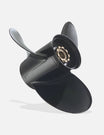
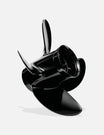
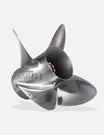
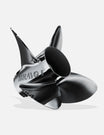
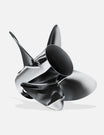
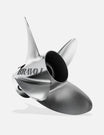
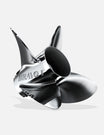
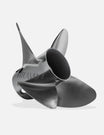
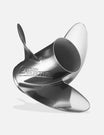
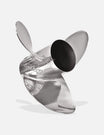
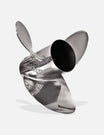
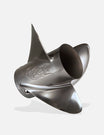
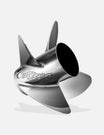
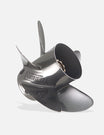
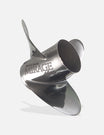

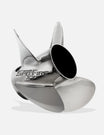

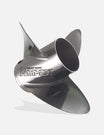
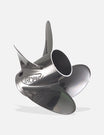
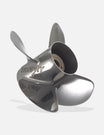
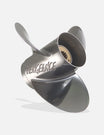
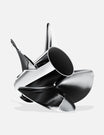
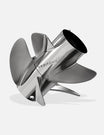
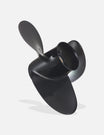
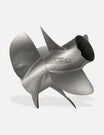
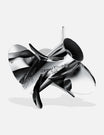
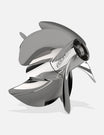
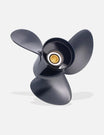

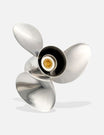
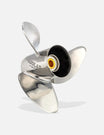
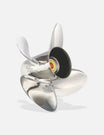


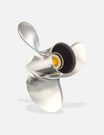
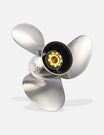
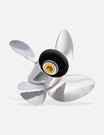
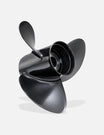
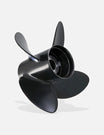
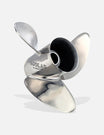
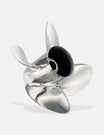
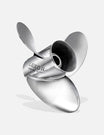
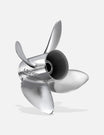
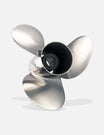
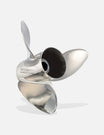
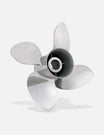
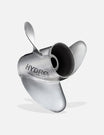
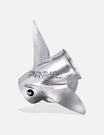
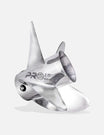

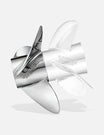

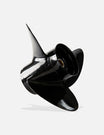


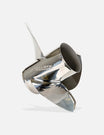
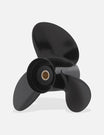
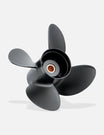

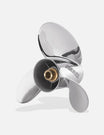
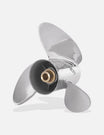
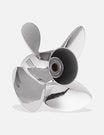
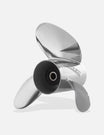
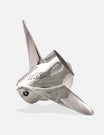
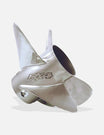
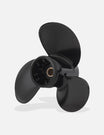
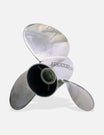
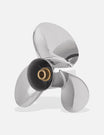
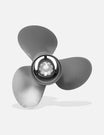
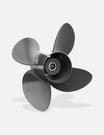
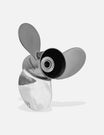
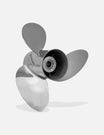
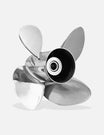
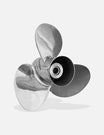
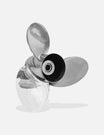
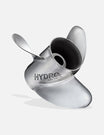
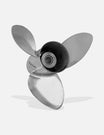
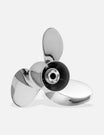
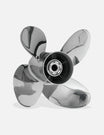
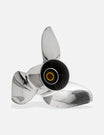
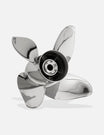
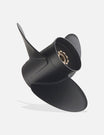
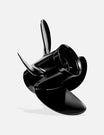
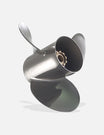
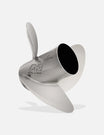
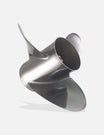

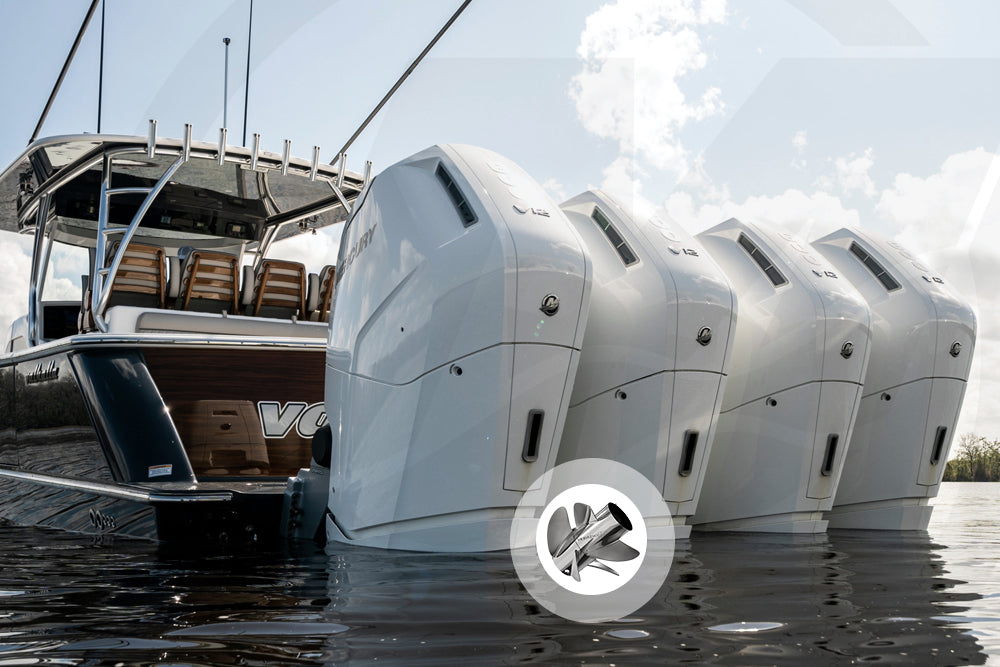

Leave a comment
All comments are moderated before being published.
This site is protected by hCaptcha and the hCaptcha Privacy Policy and Terms of Service apply.